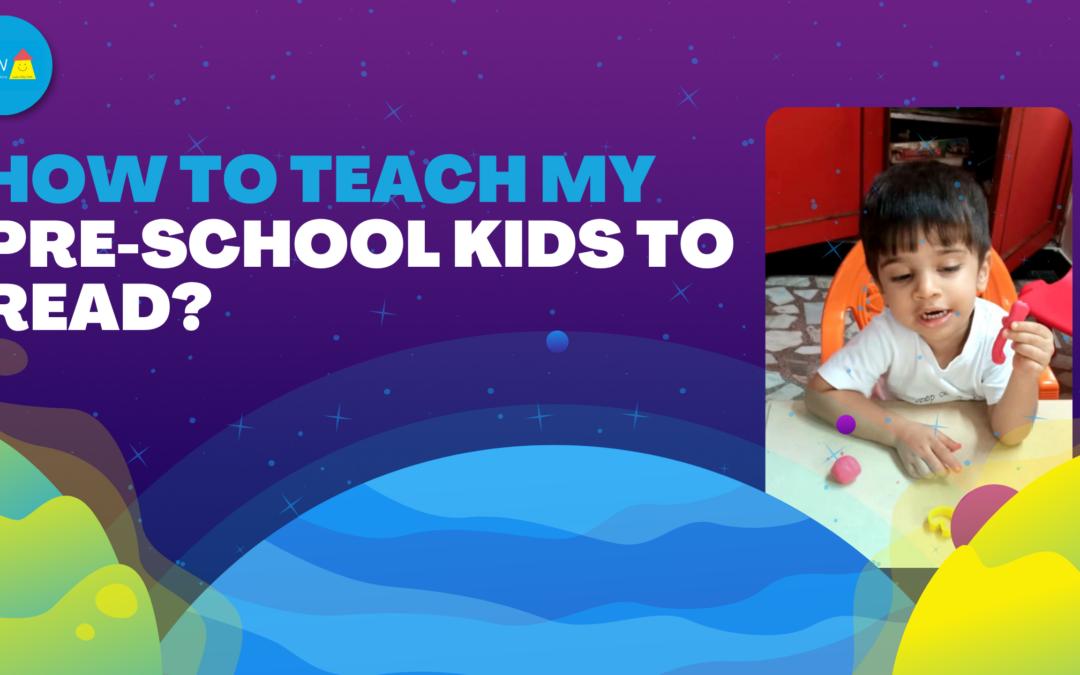Babies develop at different rates, and they reach various milestones at different ages, which is normal. The reason the ages of 2 to 5 at preschool are most critical is because children pick up skills and knowledge at this early age. Scientific research suggests that the early childhood years is a crucial time in literacy development. This period is considered the foundation years for the child’s learning. The brains of preschool kids develop neural connections faster than at any other point in their lives.
Reading is a skill that can be taught to preschool kids by using phonics activities. At Keev, we use nursery rhymes to help preschool children hear the sounds and the syllables in the words. For example, nursery rhymes or Mother Goose rhymes like “Ba Ba Black Sheep” or “The Wheels on the Bus,” can teach phonemic awareness by reciting the songs in unison. Children with strong oral language skills become good readers. This is due to the fact that language skills have a more important role than cognitive skills in early literacy. In other words, phonemic awareness comprises an important part of this foundation.
Some children find drawing and talking a fun and easy way to learn. Try some unconventional materials like Play-Doh or safe paint to show letters and name the sound it makes. Remember the key to get children love to read is by making it fun.
You can play with children by making simple word cards, with just 3 sounds on each word. For instance, words that the preschool children can easily recognize like “cat”, “bag”, “hat”. Read the word aloud with them with excitement in your voice. Printed word cards enable preschool children to see the connection between sounds and alphabets. To teach letter-sound relationship, associate a picture or an object with the target sound (i.e., an image of a cat and the printed letter C). Display letters and words around the kid’s room. Flash cards with pictures. Children by nature are curious. You could ask what each of the printed letters in the flashcards sound like. As kids learn the sounds of individual letters, they soon begin to learn sound blends such as ch, ph, sh, etc before they move on to whole word recognition or identification.
Stick letter magnets on your refrigerator. Playing word games can be fun. Now ask to spell a three-letter word. Show them pictures and ask them if they see the “cat” or “bag” or “hat”. Remember to keep it engaging.
Every child learns at their own pace. Remember to make this experience positive and rewarding for your child. Read with fun and excitement in your voice. Reading to children at specific times or when they are in the mood encourages their imagination and also helps them to learn to use the words.

